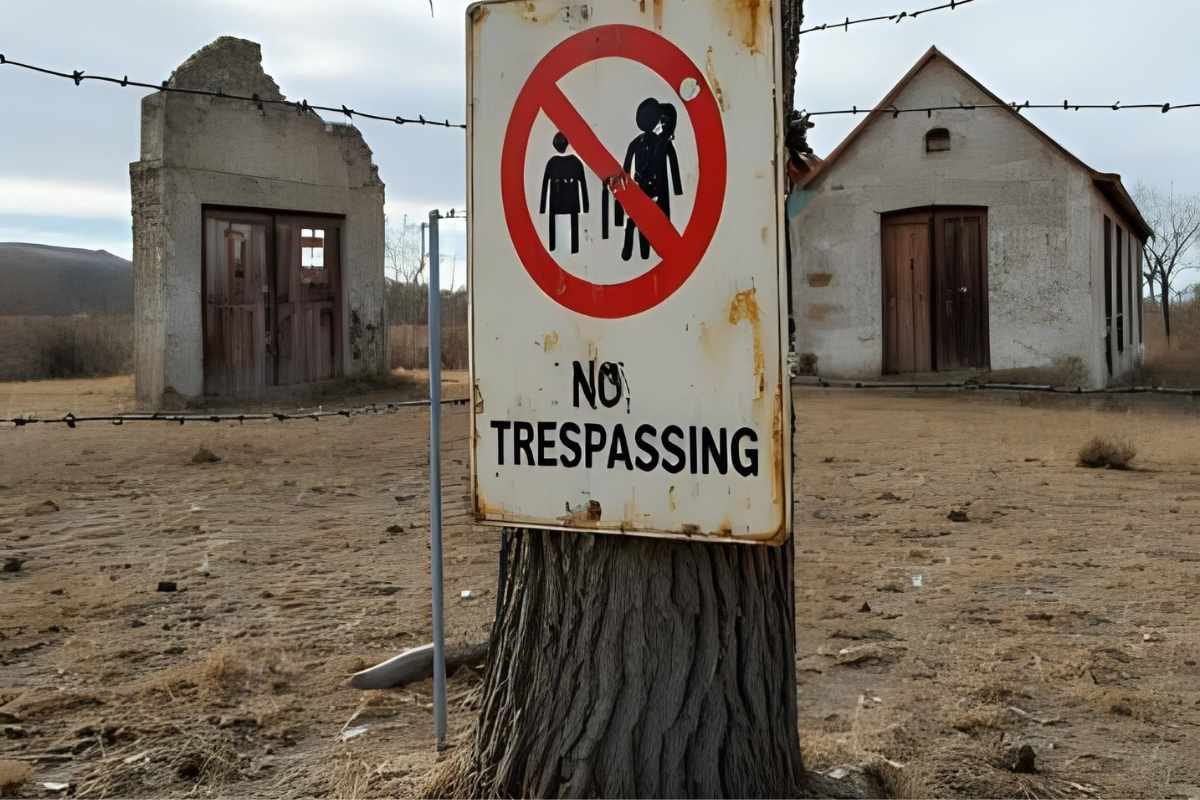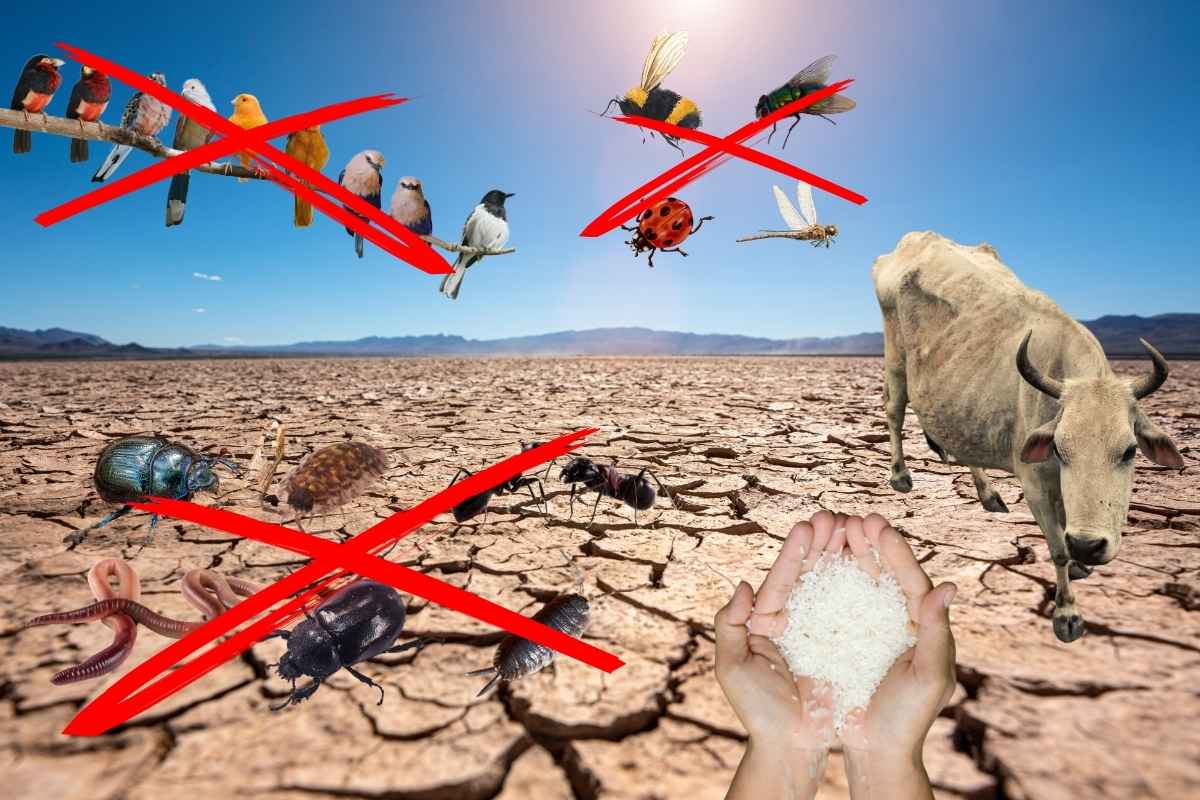– Oops, did you know?
The soil beneath our feet is our foundation of life. But what happens when this very foundation is destroyed? The current situation is alarming: worldwide, agricultural land is being devastated at an unprecedented rate.
It’s not just about the loss of land, but also about billions of tons of fertile soil lost to erosion.
And that’s not all:
By destroying soils, forests, and wetlands, we are losing our most important natural CO₂ stores.
Every year, land use changes alone – such as deforestation, draining of wetlands, and overexploitation of soils – release around 3.9 billion tons of CO₂.
The CO₂ that can no longer be stored by soils and plants ends up in the atmosphere.
The oceans are forced to absorb billions of tons more CO₂ each year – and are already overloaded.
The consequences: acidification, species extinction, and an accelerating climate crisis.
Agriculture, which is supposed to feed us, is not only a victim but also a perpetrator. It plays a major role in land degradation – with fatal consequences for people and the environment.

The Devastation: Tons and Hectares
Every year, around 23 to 26 billion tons of fertile topsoil are lost worldwide due to erosion – that’s about 14 to 16 tons per hectare per year.
At the same time, several million hectares of agricultural land disappear every year due to overuse, sealing, and conversion. According to current forecasts, up to 95 percent of the Earth’s surface could be degraded by 2050 if we continue as we are.
Often, new land is created by deforestation or slash-and-burn, while the old, devastated areas are rarely restored.
Example: Germany:
Currently, around 109 hectares of agricultural land are repurposed every day for settlements, transport, renewable energy, or nature conservation measures.
The Vicious Circle: New Land Through Deforestation
The devastation of the original land continues – it is rarely restored. Instead, new land is created by deforestation or converting natural areas into farmland.
This has fatal consequences for biodiversity and the climate.
This means:
We are losing not only fertile soils but also forests, wetlands, and grasslands that are irreplaceable as natural carbon sinks.
CO₂ storage capacity drops dramatically.
The CO₂ Consequences: We Are Losing Our Natural Climate Protectors
Soils, forests, and wetlands are gigantic carbon stores. If they are destroyed, the stored CO₂ is released – and the land can no longer absorb new CO₂.
The consequences:
Devastated land: Hardly stores any CO₂ – humus is lost, soil is depleted.
Deforested land: Can no longer absorb CO₂ – and clearing often releases additional CO₂.
Wetlands: When drained and used for agriculture, their climate protection effect reverses: they release huge amounts of CO₂.
The result:
We have to release billions of tons more CO₂ into the atmosphere every year – and at the same time, we lose the natural sinks that could help us protect the climate.
And the CO₂ that we can no longer store in soils and forests ends up in the already overloaded and dying oceans.
The Bitter Truth: We Must Act
Agriculture is largely responsible for the devastation of agricultural land. But it can also be part of the solution.
What can we do?
We urgently need a systemic shift toward sustainable and regenerative methods – for healthy soils, secure food, and a livable future.
Regenerative agriculture: Building humus, promoting biodiversity, protecting against erosion.
Multiple land use: For example, agri-PV – combining agriculture and photovoltaics on one area.
Wetland protection and rewetting: Wetlands are climate protectors – they must not be further drained.
Reforestation: New forests store CO₂ and create habitats.
Conclusion
Agriculture is killing the environment – and we are all feeling the consequences. But we can change things.
Now is the time to take responsibility and fight together for a sustainable future.
Our soils and forests are our foundation of life. If we lose them, we lose everything.
Key figures at a glance:
Loss of fertile soil: 23–26 billion tons per year due to erosion
CO₂ emissions from land use changes: approx. 3.9 billion tons per year
Oceans: Have to absorb billions of tons more CO₂ every year – and are already overloaded
We are all called upon – for healthy soils, vibrant forests, and a livable future!
Author: Francesco del Orbe


